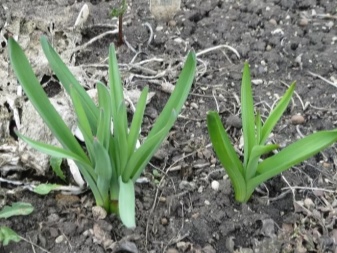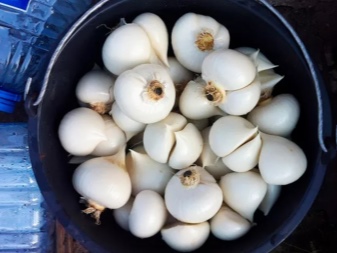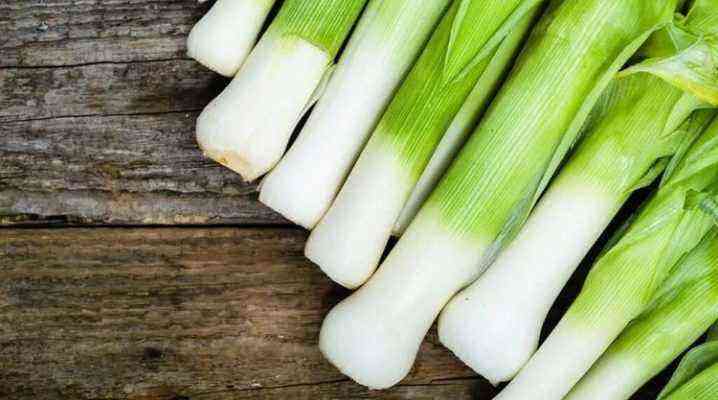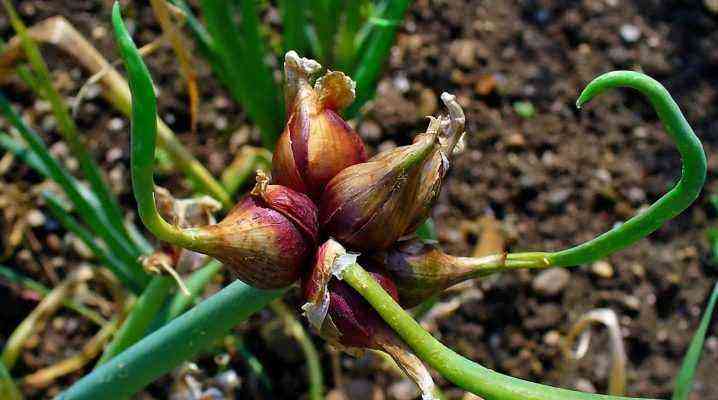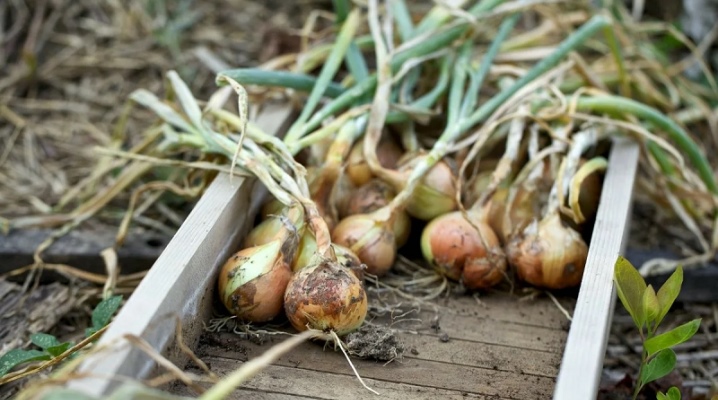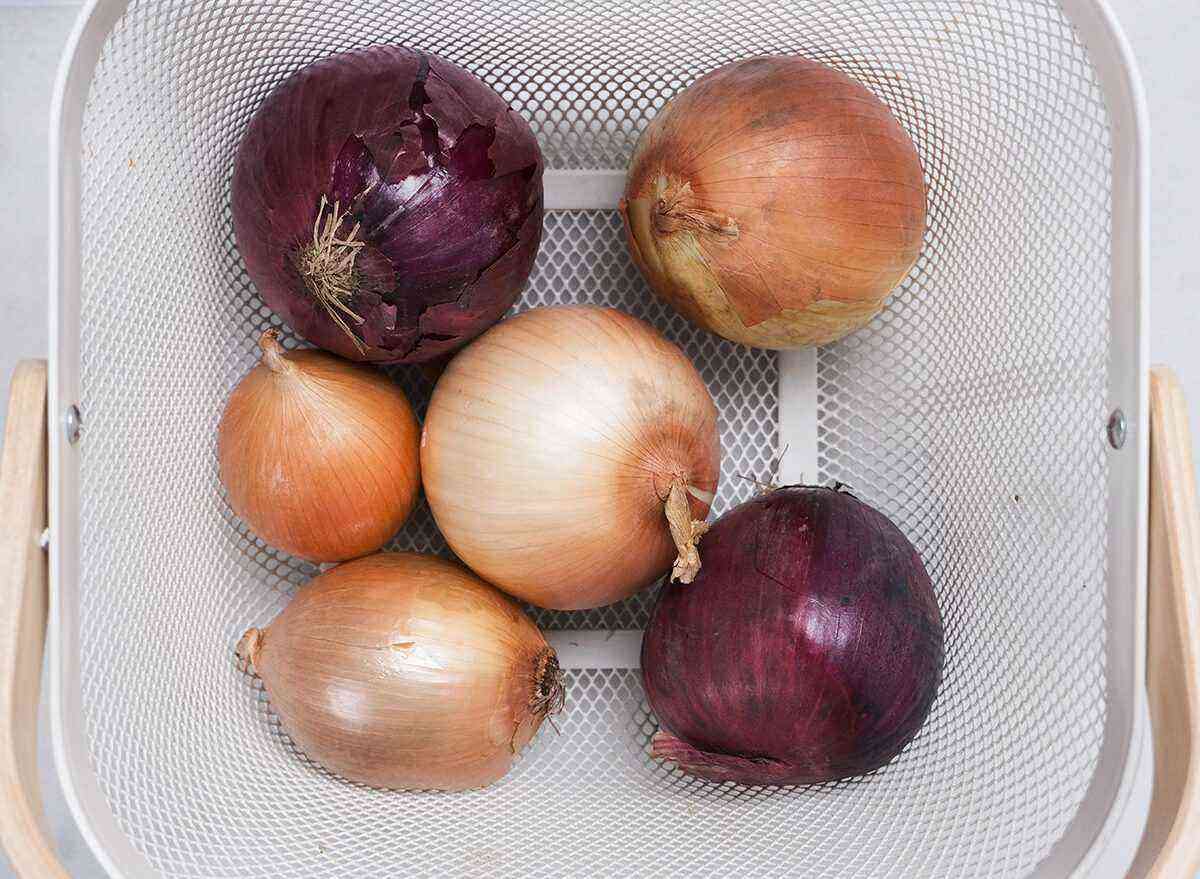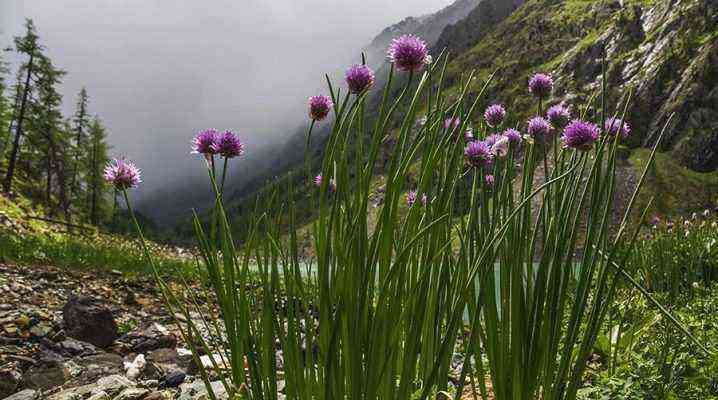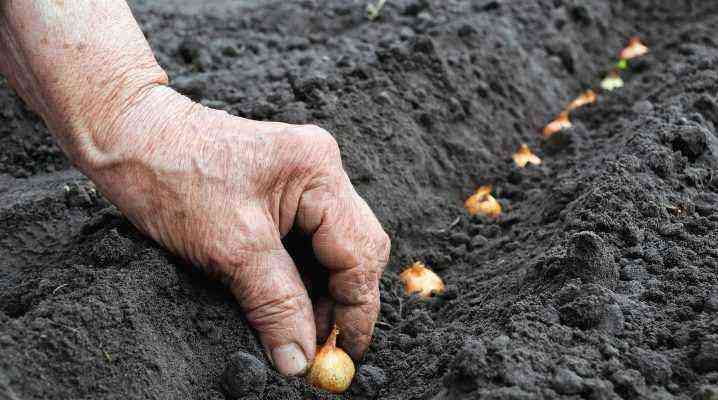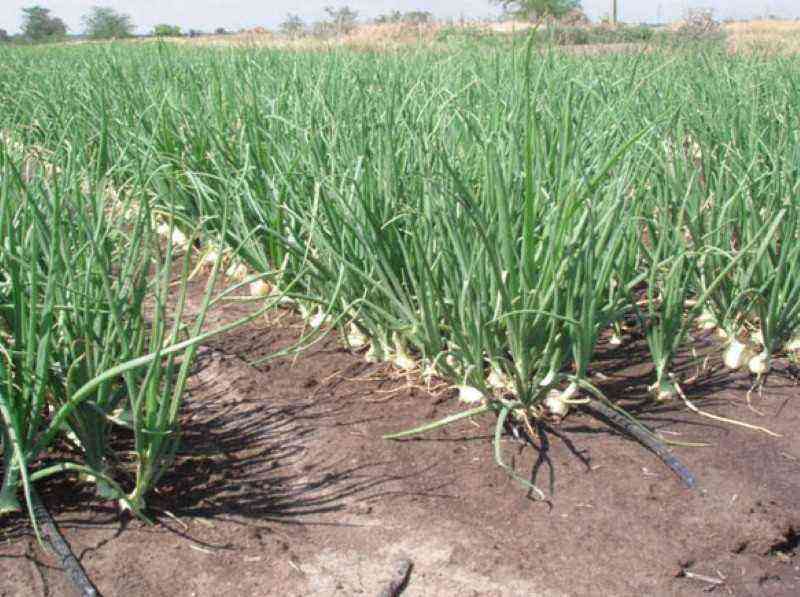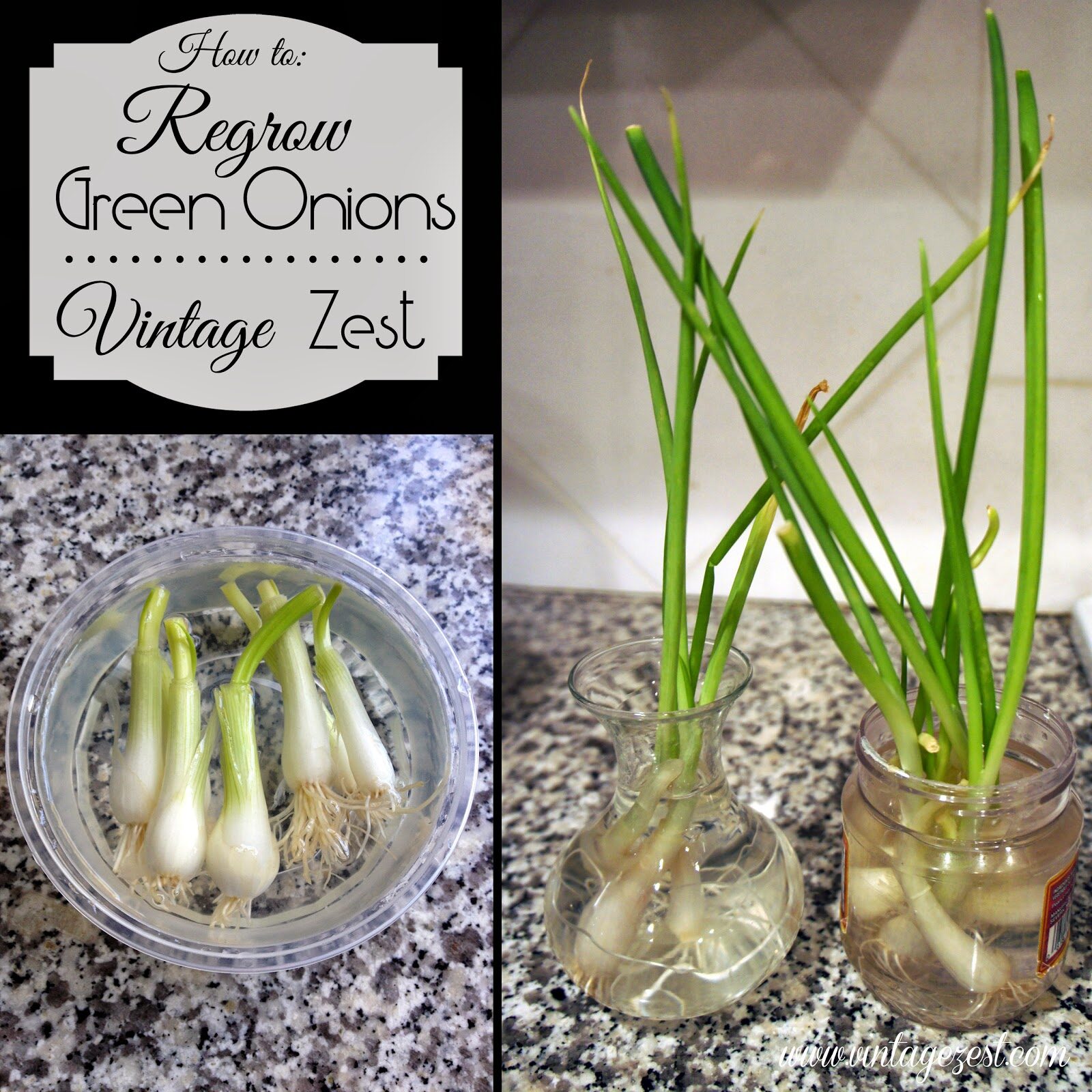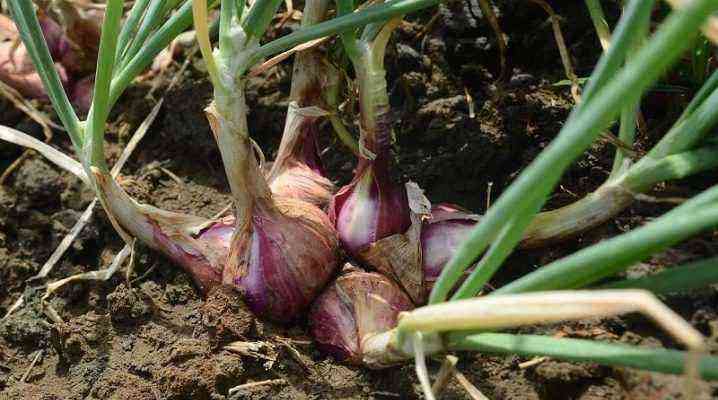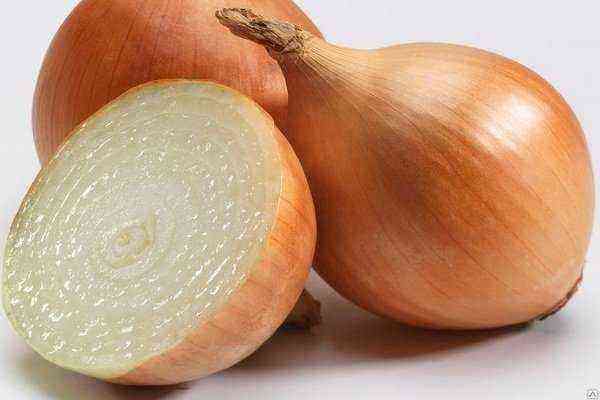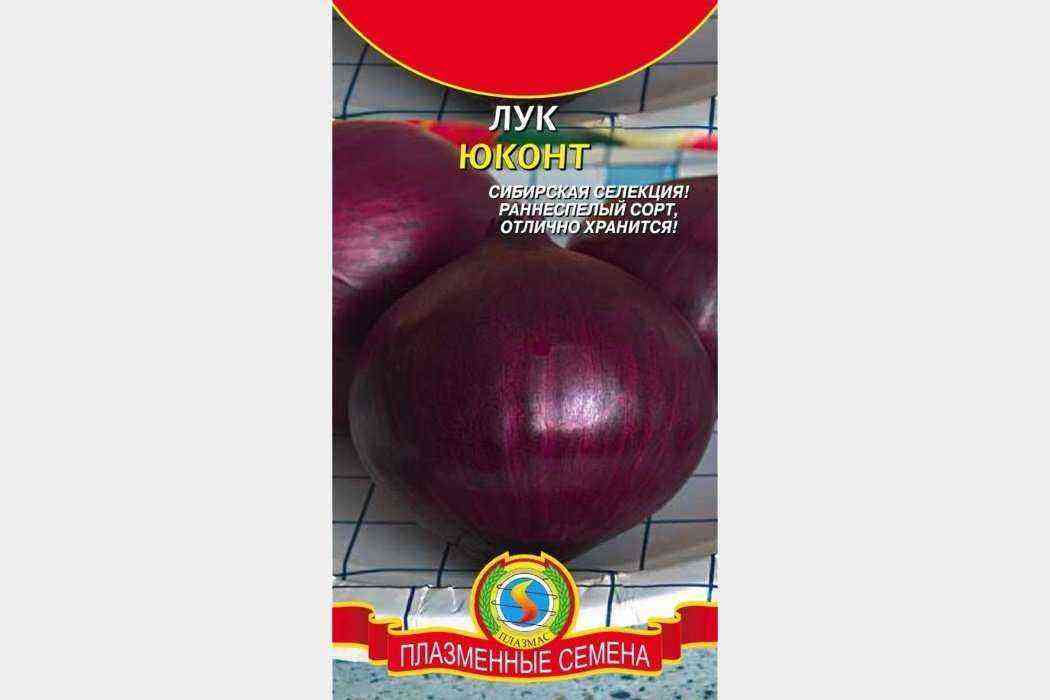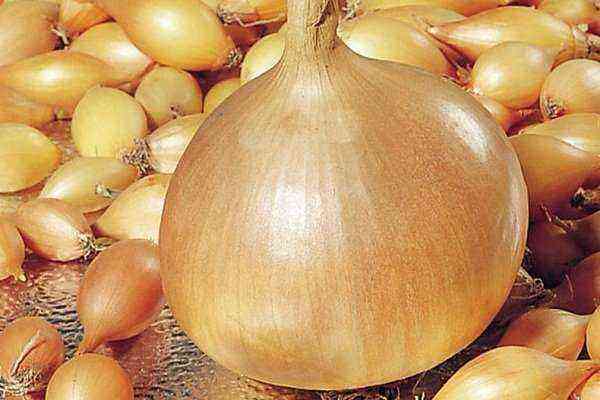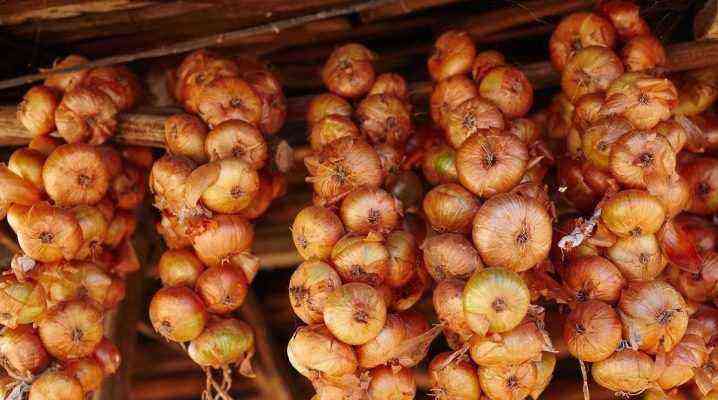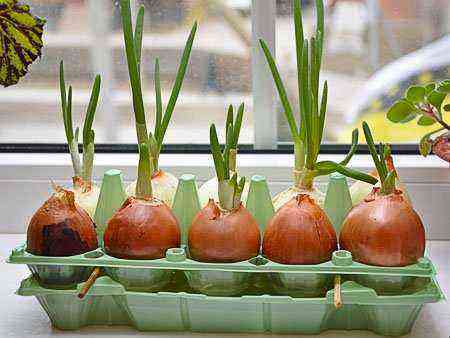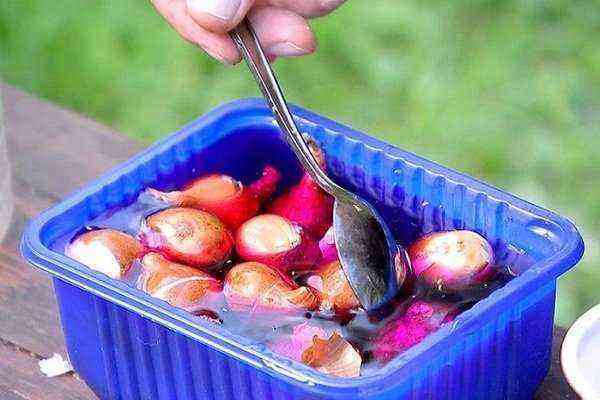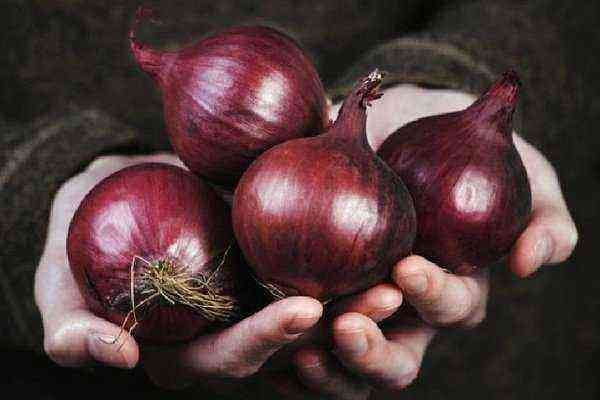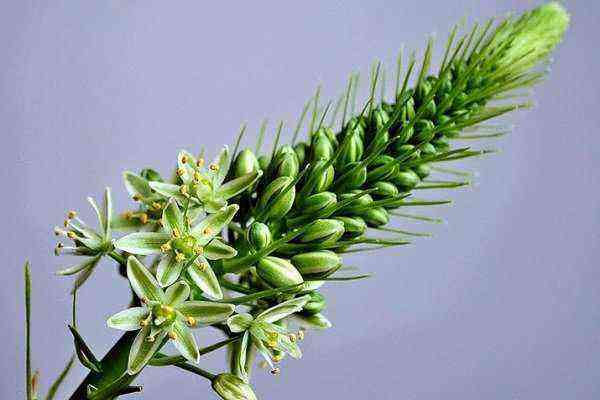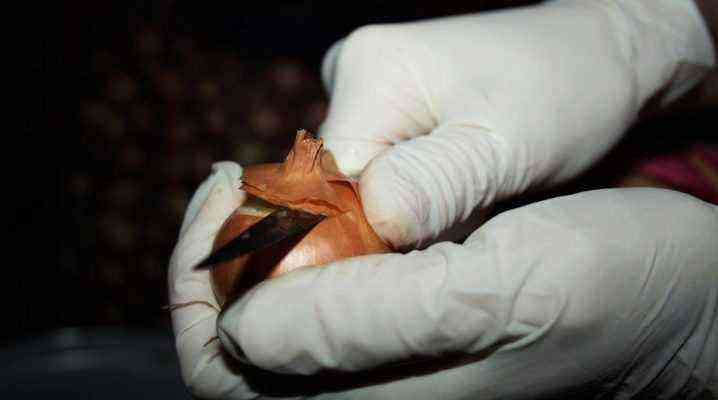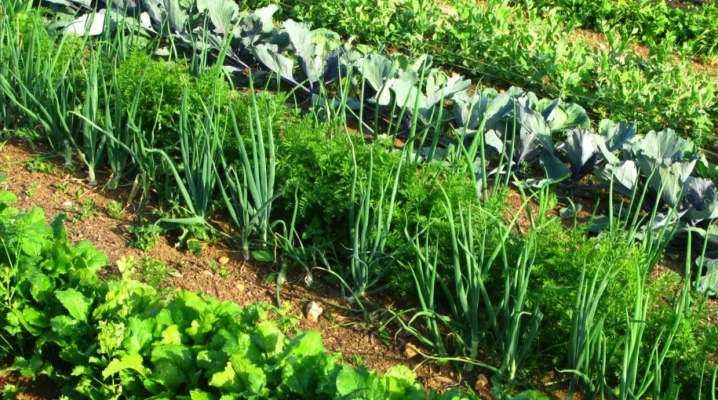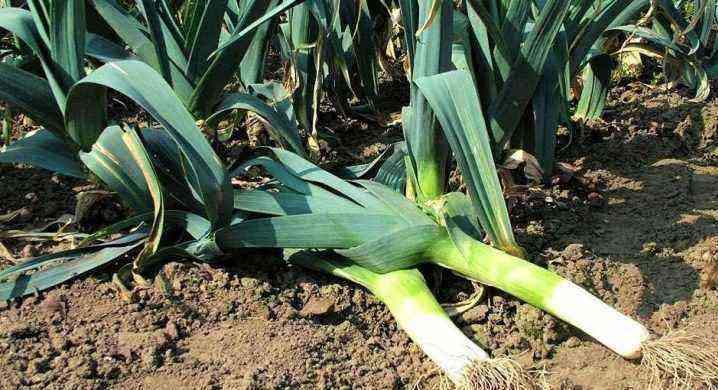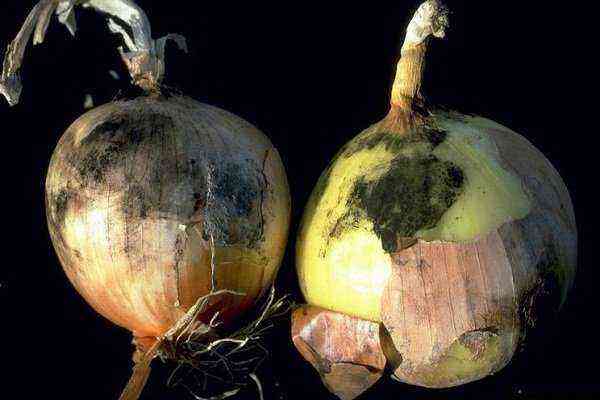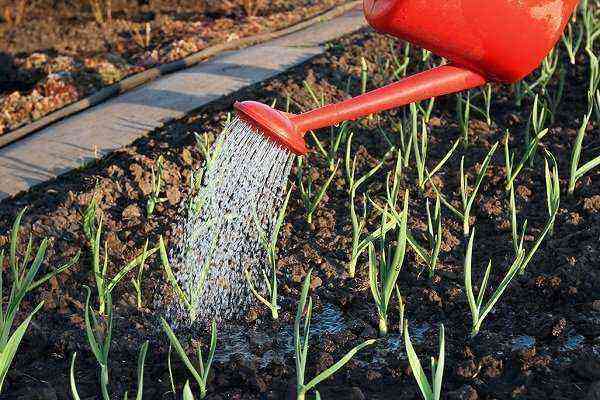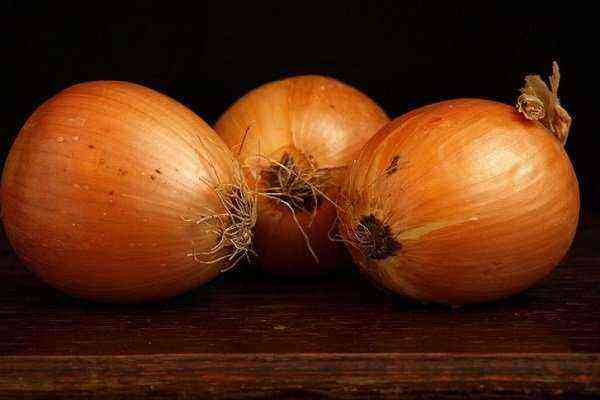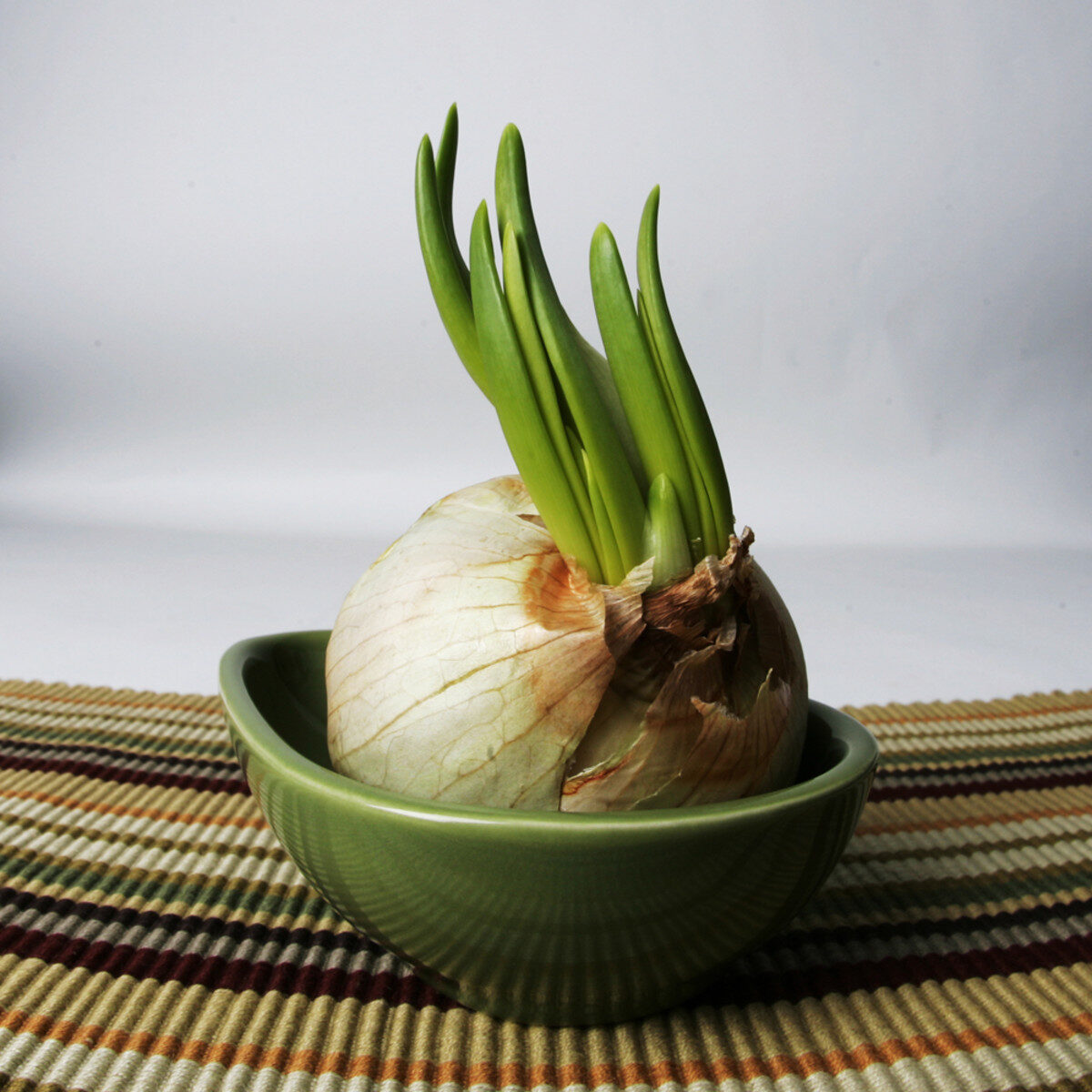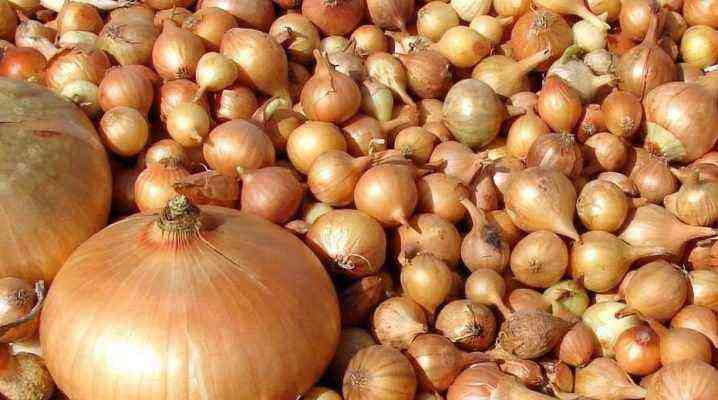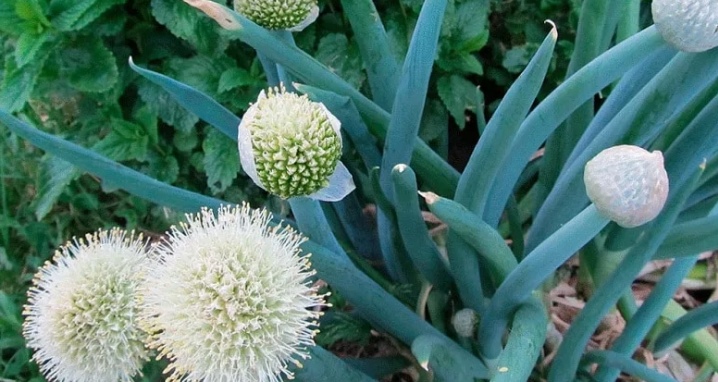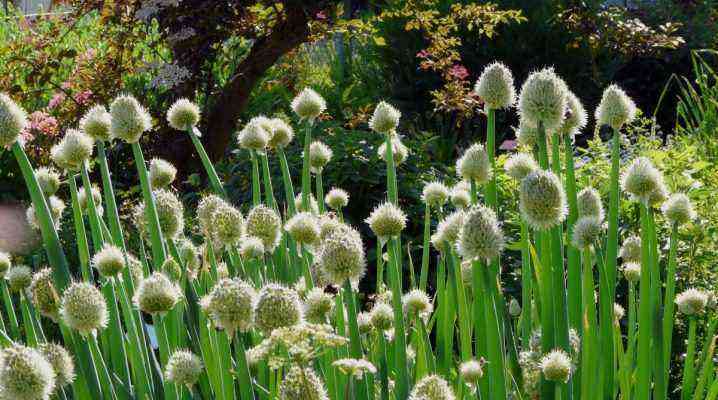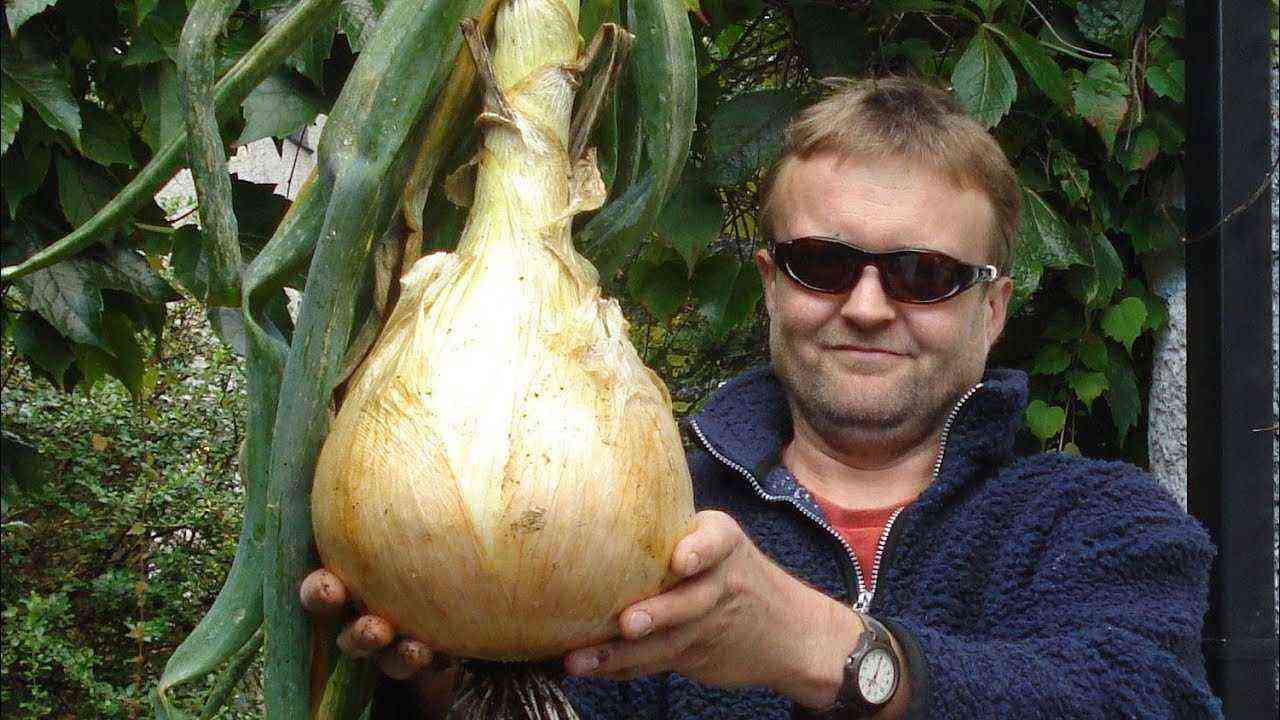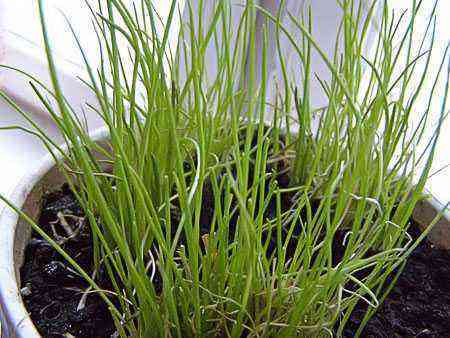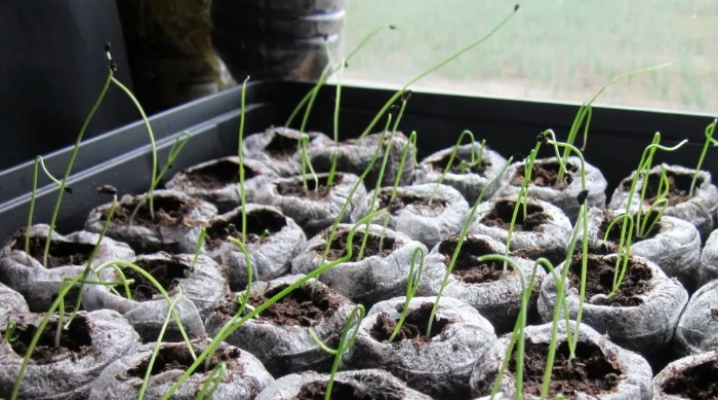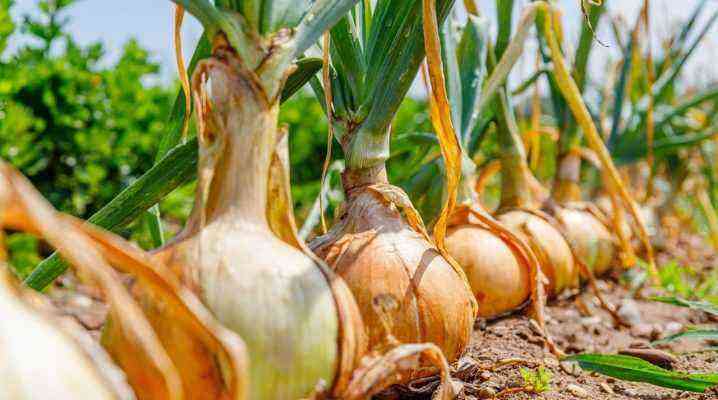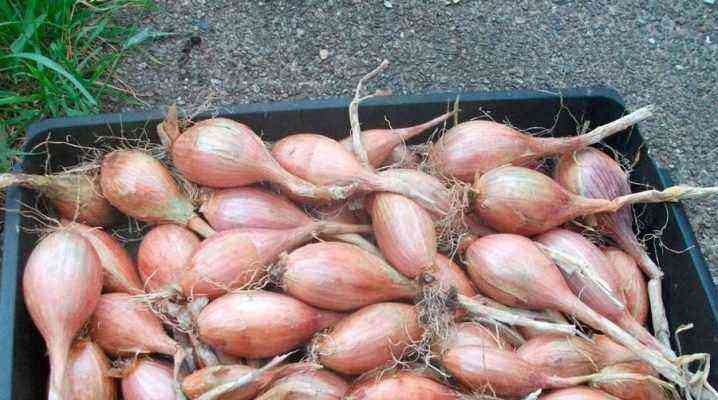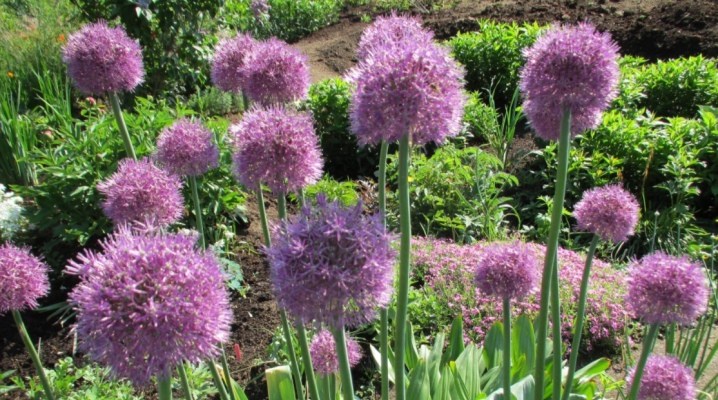
Mountain onion-anzur is divided into many subspecies. This is an interesting plant that attracts attention with purple spherical inflorescences. The plant is attractive, medicinal, suitable for eating. The article will discuss how to properly grow anzur onions.
general description
Anzur mountain onion-garlic is the only representative of the onion family, whose growth can reach an impressive mark of 1,5 meters. This original plant emits a not very pleasant smell. Flowers in the form of lush balls give decorativeness to the bow in question. The composition of the onion-anzura contains many minerals, vitamins of various groups, saponins. One bulb reaches an average size of 6 to 10 cm.
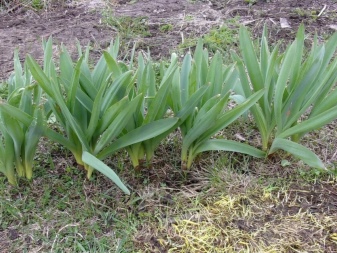
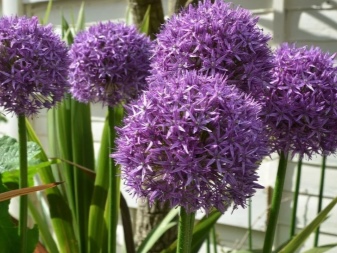
Anzur bow has another name – Suvorov’s bow. Most often it is found in the mountainous areas of Central and Central Asia. In the people, the plant is also called the stalked, tall or giant onion – all these plants are subspecies of the decorative anzur onion.
If we compare onion and other onion subspecies in terms of vitamin C content, then it is contained in more impressive volumes in young leaves of Suvorov onion. Moreover, in this attractive vegetable there are special salts that affect the human body in much the same way as ginseng.
The healing effect of the anzur onion was noticed back in the Middle Ages. Then this plant was valued for its ability to prevent such a serious disease as glaucoma. Anzur onion was used to increase visual acuity, get rid of annoying headaches. The beneficial properties of this well-known tonic product are actively used to this day.
Today, many people resort to the consumption of the natural product in question in order to strengthen immunity, increase the overall tone of the body, and stimulate brain activity.
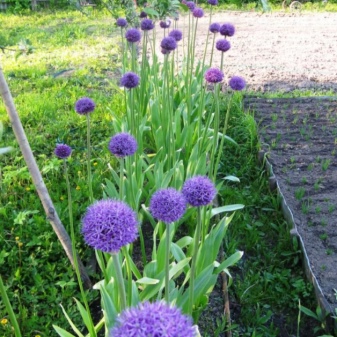
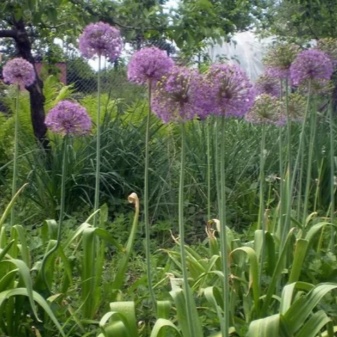
Types
As mentioned above, there are several subspecies of the anzur onion. Each of them has its own characteristics of decorative appearance and structure.
Giant
A beautiful plant with an oval bulb. In diameter, it can be from 4 to 6 cm. The bulb is in a gray-brown shell, split into individual fibers. The stem of this plant can reach up to 1,5-2 meters in height, has foliage of a bluish tint. The width of the leaves is usually no more than 10 cm. The giant onion inflorescences are dense, round, and can reach 12 cm in diameter. The flowers of the plant themselves grow either white or purple-violet.
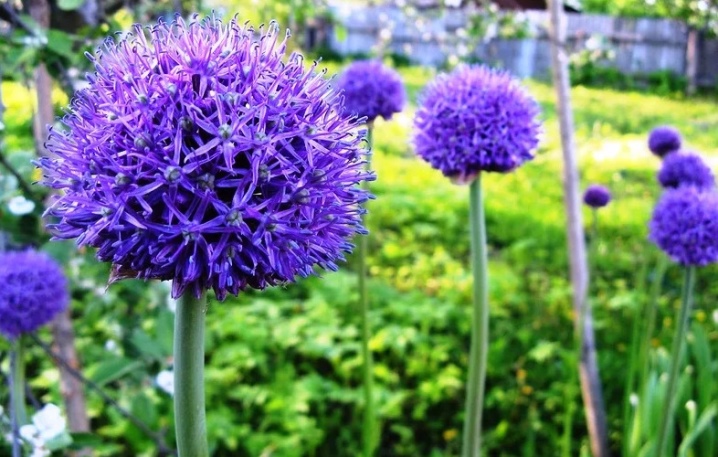
Aflatunsky
A very attractive decorative bow. It has an oval bulb. In diameter, this element usually reaches 6 cm, is in a specific paper shell. The stem height is usually 180 cm or higher. The leaf plates of the plant grow smooth, bluish. The width of the foliage is 15 cm. Aflatun onion flowers attract attention with an elegant purple hue.
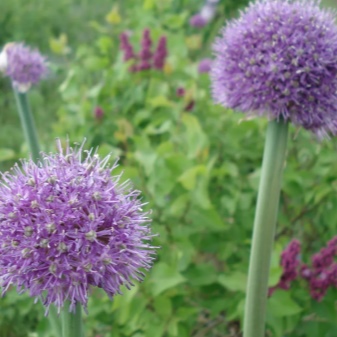
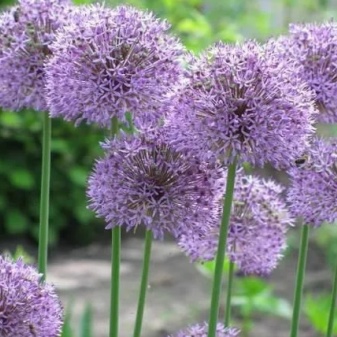
Suvorov
In this popular variety, which is often grown in the Moscow region, the diameter of a rounded bulb can reach up to 3 cm. It is located in an elongated skin of a grayish hue. The stem of Suvorov’s onion most often reaches the mark of 1 m, is characterized by a slightly ribbed structure. The foliage, as in the options discussed above, has a bluish tint, is 3 cm wide. This spectacular onion blooms in June.
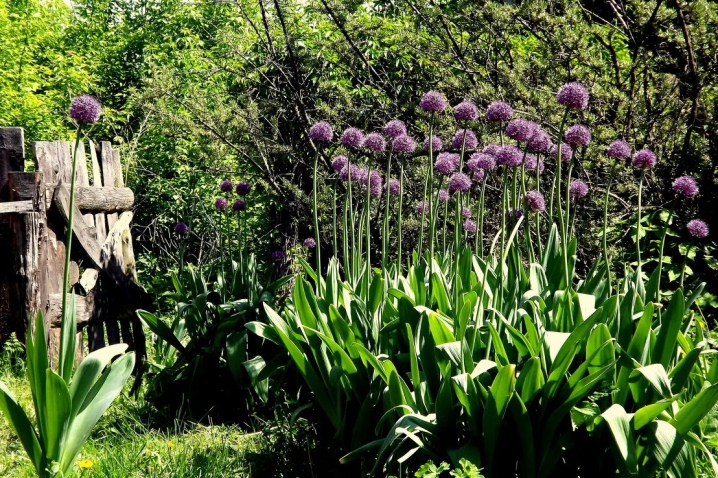
Landing
Anzur onion requires the correct procedure for planting in the local area. First of all, the summer resident needs to competently prepare the place where the decorative planting will be placed. In this case, it is very important to take into account a number of nuances.
Anzur onions are not allowed to be placed in areas where precipitation or melt water accumulates.
An ornamental plant is very light-loving, therefore it is strongly not recommended to plant it in shaded areas.
The beds for the anzur onion should be made bulk to prevent unnecessary waterlogging of the soil.
The soil must be deeply loosened, and absolutely all weeds must be removed.
For planting and breeding, it is worth choosing only those bulbs that do not have the slightest damage or defects, traces of rot.
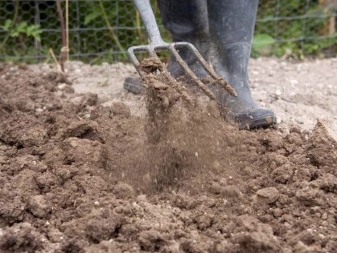
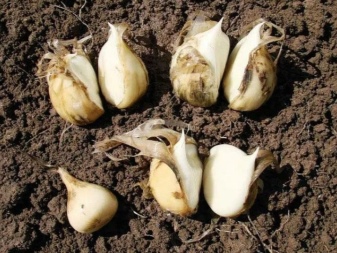
Before direct planting, the cloves must be scarified so that the sprouts appear as soon as possible. Moreover, planting material is treated with coarse sand or carefully cut with a knife. For scarification, a simple breaking of the bulbs is also suitable.
If we are talking about planting seeds, then they are also carefully inspected beforehand. Those units that are damaged are immediately removed, after which the quality material is soaked in a weak solution of potassium permanganate for about 30 minutes. The soil in which the plants will be planted must be fertile and well cultivated. Sandy soils are ideal.
Anzur onions should be planted in the last days of October. Between the beds it is necessary to maintain intervals of 30-35 cm, and between the plantations themselves – 20 cm. The optimal depth parameters depend on the size of the lobules. Large-sized components are immersed by 20 cm, medium – by 12 cm, and the smallest – by 7-8 cm.
Onion seeds are sown at depths ranging from 1,5 to 2 cm. At the same time, a gap of 10-15 cm must be left between the rows.
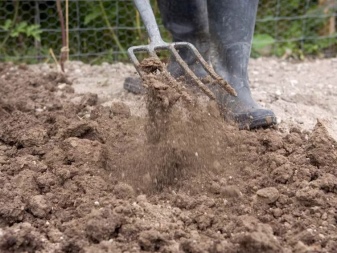
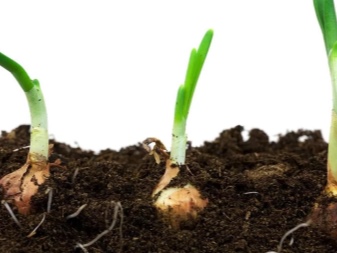
Care
Once properly planted, the anzur will need regular and thorough care. Under no circumstances should such procedures be neglected. It is worth noting that this plant is unpretentious, does not require complex care measures. Onion-anzur is not afraid of cold winters and easily withstands air temperatures down to -35 degrees Celsius. In winter seasons, such a landing can not be covered with special materials.
Anzur onion is characterized by a very short growing season. If you need to increase the volume of the bulbs, the arrows with inflorescences gently break off. All leaves that have turned yellow are removed to maintain the aesthetic appearance of the plants.
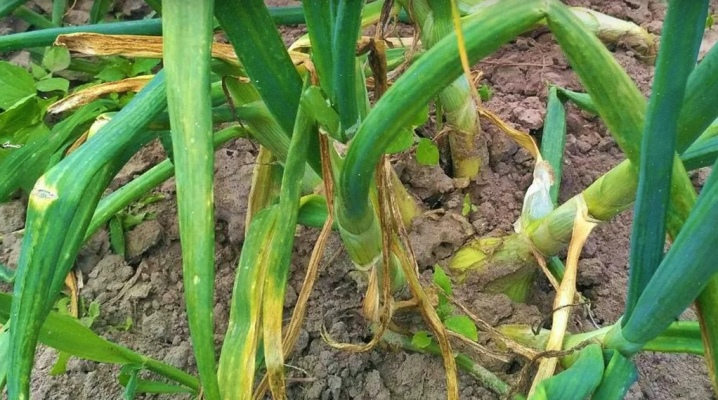
Watering
It is very important for a planted ornamental plant to ensure proper and regular watering. Anzur onion does not tolerate excessive moisture very well. Even slight waterlogging for this planting turns out to be very destructive – the bulbs quickly get sick and then die.
If the weather is too hot and sultry in the yard, then the onion must be watered at least 1-2 times a week. A couple of weeks before harvesting, watering needs to be stopped.
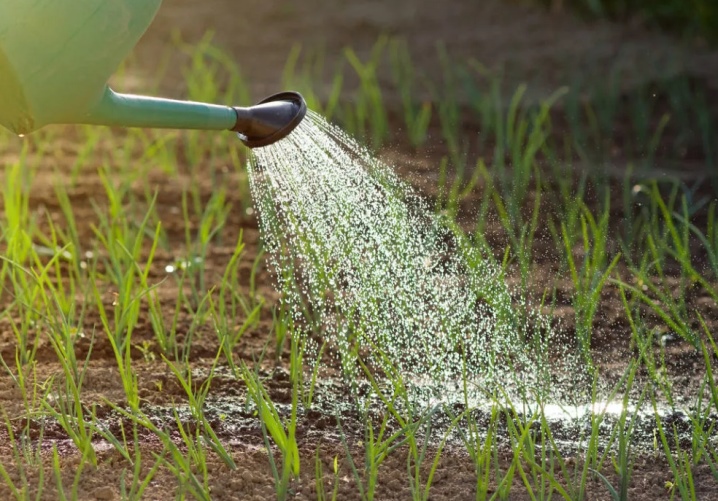
Feeding
Like any other garden plant, anzuru requires the application of suitable quality fertilizers. This landing perfectly reacts to them and responds. You need to feed decorative onions several times during the season.
Starting top dressing should be carried out at the moment when the first shoots of the plant appear. Urea and nitrogen-containing preparations are best suited for this.
The second top dressing is applied 2-3 weeks after seedling formation in order to effectively enhance the photosynthesis process. It would be useful to spray the plant with a special preparation called Ferovit.
After 14-20 days after adding a secondary top dressing, the earth is fed with potassium sulfate, along with ash.
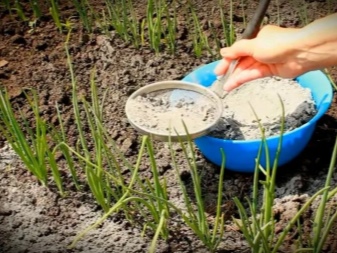
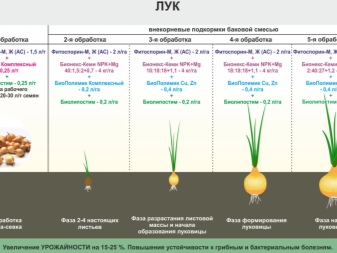
Soil loosening and weeding
Anzur onion needs not only proper fertilizer and watering, but also thorough loosening of the soil, coupled with weeding. Such processes have a serious impact on an ornamental plant, so the summer resident should not forget about them. The soil in which anzur onion grows must be loosened after each watering or after the last rain. And also without fail, it is necessary to remove absolutely all formed weeds that have a detrimental effect on plants.
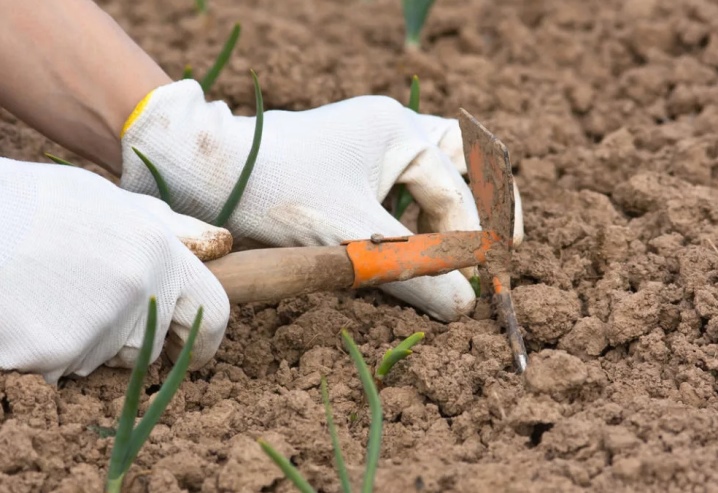
Diseases and pests
The elegant anzur onion attracts many gardeners not only with its interesting decorative appearance, but also with its resistance to most common diseases. The considered ornamental plant is also not subject to attacks by pests and parasites.
Due to this, the beds on which this type of onion grows do not have to be carefully treated with various chemical solutions and compounds that prevent diseases, but can negatively affect the quality of the crop.

Difficulties in growing
Many summer residents are interested in what difficulties they may encounter if they decide to grow anzur onions on their plots. Since these plants have a very strong immunity to diseases, and are also not susceptible to pest attacks, they do not cause serious problems. Plantings do not suffer from infectious or bacterial ailments that can harm other plants in the immediate vicinity.
The biggest danger that the culture in question may face is putrefactive processes. It is very easy to avoid such a nuisance – take watering seriously enough. If the water exchange is not disturbed, then the anzur onion will not get sick.
If the first signs of these problems appear, then the plant must be dug up as soon as possible. With regard to healthy plantings, it is advisable to revise irrigation regimes.

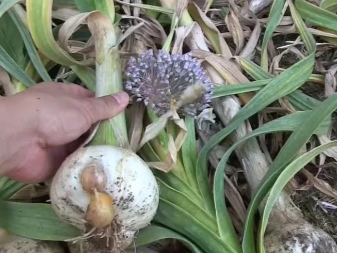
Harvesting and storage of crops
If anzur is grown for a healthy and fragrant crop, then it must be removed from the ground layer immediately after the flowering period. This must be done before the foliage of the plant has time to dry. If cultivation is carried out to obtain exclusively decorative inflorescences, then underground components are allowed to be left in the beds.
Storage of the vegetables in question is carried out after their thorough drying. It is best to dry the bulbs in simple paper bags. At the same time, the place in which they will be located must be absolutely dry and shaded.
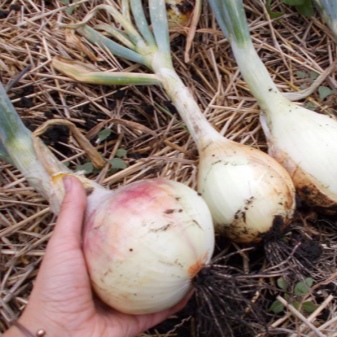

Useful Tips
If the summer resident planned to plant mountain onions on his site, he should use a number of useful tips and recommendations.
It is worth paying more attention to the timing of planting onions. If planted in the first autumn months, they will produce 4 to 6 cloves. If you start landing later, then the slices will be much smaller. Experienced agronomists recommend replanting the plant annually, but this can be done once every 2-3 years.
If you plan to plant a plant by seed, then it is better to choose a period before the onset of winter for this. The seeds will “sleep” the cold period, and then they will be able to sprout wonderfully in the spring. If you plant the material in the spring, then it is first advisable to carry out artificial stratification for the seeds.
Anzur onion is often used in cooking. For such purposes, young onion shoots formed in early spring are ideal. This is greenery that can be collected on the first spring days. Often it is poured into a variety of salads, soups and other treats. Sandwiches are often complemented with similar greens.
It is advisable to eat anzur onion in small quantities if a person suffers from diseases of the heart and blood vessels. Allergy sufferers should also be more careful with this product, as it can provoke an unexpected response from the body.
Anzur should not be eaten raw. In addition, the volume of its consumption should not be too large.
The summer resident should always keep under control the condition of the decorative and nutritious anzur onion planted on the site. Only in this way it will be possible to detect the occurrence of certain problems in a timely manner in order to immediately deal with their productive solution.
The mountain plant needs to be fertilized only with high-quality and ideally suitable dressings. Experiments with such procedures should not be carried out, as this can cause very serious damage to the bow.
